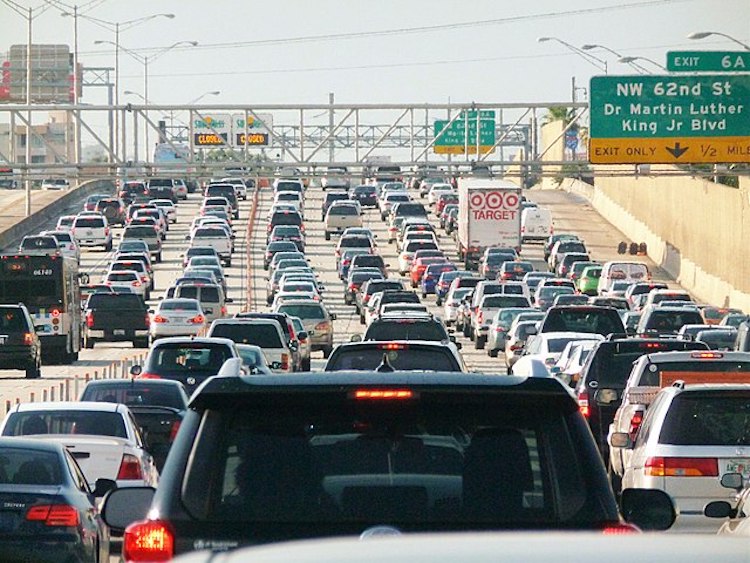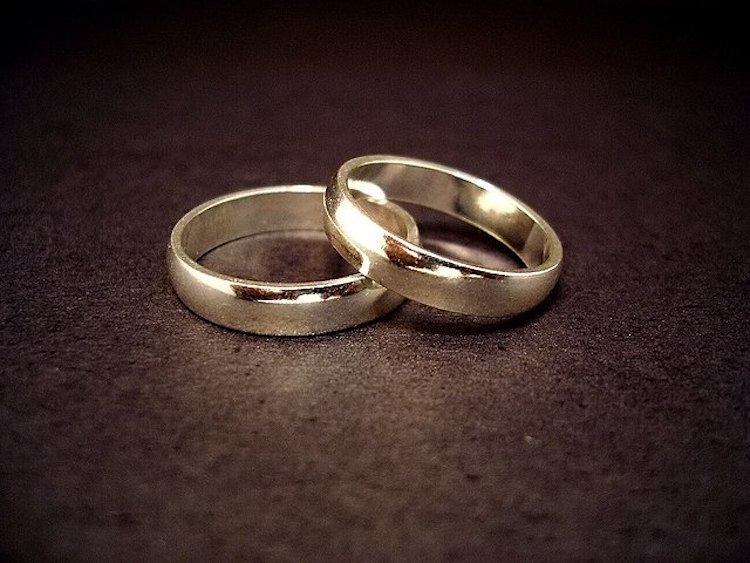Living In The 1960s Vs Today: These Stats Will Astonish You
The 1960s were a time of upheaval and change. Cool tunes accompanied a chill outlook, free love, and the freedom to rebel. A lot of changes have taken place between then and now, and these statistics tell the story of how we lived it up back in the day, versus how we’re living today…

More Of Us…
In the 1960s, concerns about the population boom abounded. People were aware of and worried about, mass starvation in countries such as India, as well as increased poverty in the United States and the world. The population has since grown from 3 billion in the ’60s to more than 7 billion today.

…And More Time On The Road
We haven’t hit the brakes on spending time on the road. We spend more time in our cars today than we did in the 1960s. The average commute increased by about three minutes from 1960 to 2010, while the percentage of people who could walk to work has decreased from 10 percent to 2.8 percent.
Breathe Easy — There’s Less Smoking
The good news: people are smoking significantly less. In 1960, approximately 51 percent of men smoked, but that number decreased to approximately 21 percent in 2011. About 33 percent of women smoked in the 1960s, with the percentage dropping to approximately 16 percent in 2011. The decline in smokers could be due to increased cigarette taxes, decreased social acceptance of smoking, the banning of smoking in public places, or a combination of all three.
Healthier Perspective On Health
Spending on health care rose dramatically from 5 percent of GDP in 1960 to 18 percent in 2017. Who pays for health-related expenses has also changed – in 1960, consumers paid for half of their hospital care and 96 percent of their prescription costs. With the advent of Medicare and Medicaid in 1966, as well as the rise of private insurance companies, out-of-pocket medical expenses, on average, have significantly decreased.
Working It Out: Men And Women Share More Of The Workload
In the 1960s, men worked an average of 45 hours a week outside the home and spent just four hours a week on routine housework. Today, men work an average of 35 hours weekly outside of the home and spend nine hours a week on housework. The opposite is true for women: women spend less time on housework than they did in the 60s while devoting more time to working outside the home.

More People Are Saying “I Don’t” Instead Of “I Do”
In 1960, 68 percent of twenty-somethings were tying the knot, compared to 26 percent in 2008. There has also been a noticeable increase in people who believe that the institution of marriage is obsolete, yet 67 percent remain optimistic about the future of marriage and family.

